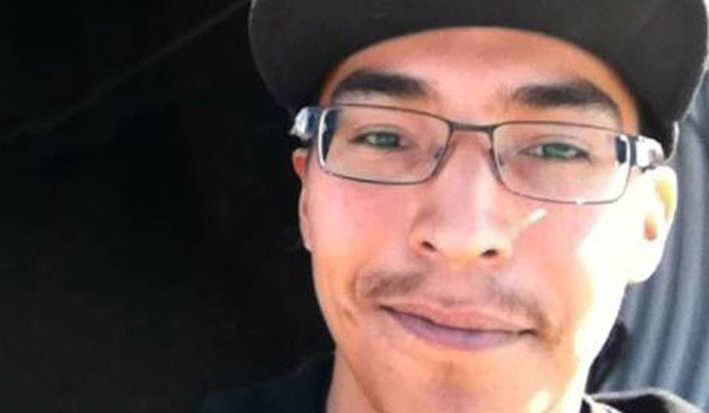 Facebook
FacebookOn August 9, 2016, Colten Boushie, a resident of the Cree Red Pheasant First Nation in Saskatchewan, was shot point-blank in the head and died on the farm of Gerard Stanley. Charged with second-degree murder, Stanley pled not guilty. On February 9, an all-white jury found Stanley not guilty of second-degree murder. The verdict resulted in outrage and heartbreak among Indigenous communities and their allies across Canada.
The case has raised many concerns. Some claim there was not enough evidence to convict Stanley of second-degree murder, while others say witnesses’ stories are contradictory. Most of those in support of the verdict claim that this was a case about “reasonable defense of property.”
The verdict, however, was only ever about one thing: race. The longstanding issue of institutionalized settler-colonial racism in Canada manifested itself in numerous ways throughout the course of the case, from the night of Boushie’s death up until the delivery of the verdict.
The very instance of Boushie’s death is evidence of a devastating race problem in Canada. The combination of racist stereotyping of Indigenous peoples combined with settler-colonial structures which have historically left them systemically oppressed has resulted in an Indigenous life expectancy which is only 91 per cent of the national average, and a homicide rate which is 6.1 times the national rate. False stereotypes of Indigenous people as “dangerous” are a huge contributing factor to these statistics.
In terms of the trial itself, many complaints have been made against the all-white jury, which many across Canada claim cannot be called a jury of Boushie’s “peers.” The requirements for jury selection in Canada are often a barrier to the selection of Indigenous jurors, reflecting not only how Indigenous people are often underprivileged in Canadian society, but also how our justice system is structured to silence Indigenous voices. Several potential Indigenous jurors were rejected by Stanley’s attorneys on the basis of “peremptory challenges,” which do not require justification or explanation, but which can be objected by the Crown.
Due to conflicting witness testimony, some claim that enough “reasonable doubt” as to Stanley’s guilt on the charge of second-degree murder was established for acquittal. The defense also hinged on the claim of “hang-fire” (delayed exit of a bullet from the gun), but a Crown expert witnessed that there was nothing wrong with the gun. Other supporters of Stanley claim that because Boushie and his friends were driving intoxicated, and attempted to steal an ATV on the property, that the shooting was justified.
However, Boushie committing certain crimes shouldn’t excuse Stanley being able to kill someone to get away with it. Arguments citing the group’s wrongdoings ignore the structural inequality which leads to higher crime rates among some Indigenous communities, perpetuate false stereotypes about Indigenous people, and suggest that white people can kill Indigenous people without any consequences.
Racism in the Stanley verdict isn’t simple or clear-cut. It runs deep, and it’s terrifying because it shows both Indigenous peoples and their allies across Canada just how far we have to go for reconciliation. The residues of colonialism are embedded in our government and our judicial system; in order for reconciliation to accompany truth, such structures need to change to support Indigenous people and address social and economic inequalities.
As for non-Indigenous people, the Stanley verdict shows that our silence has gone on for far too long, and we need to start using our privilege to speak up. We should also use our voices to draw attention to the many Indigenous voices addressing problems that face their communities to this day: problems like accessing clean water, missing and murdered Indigenous women, lack of access to equality in healthcare and education, and the continued lack of justice for Indigenous people murdered by white people.
Taking race out of the Stanley verdict is just another attempt to pretend that Canada doesn’t have a “race problem” when, in reality, it was built on racism, and the consequences of that foundation still rear their ugly head in the 21st century.




